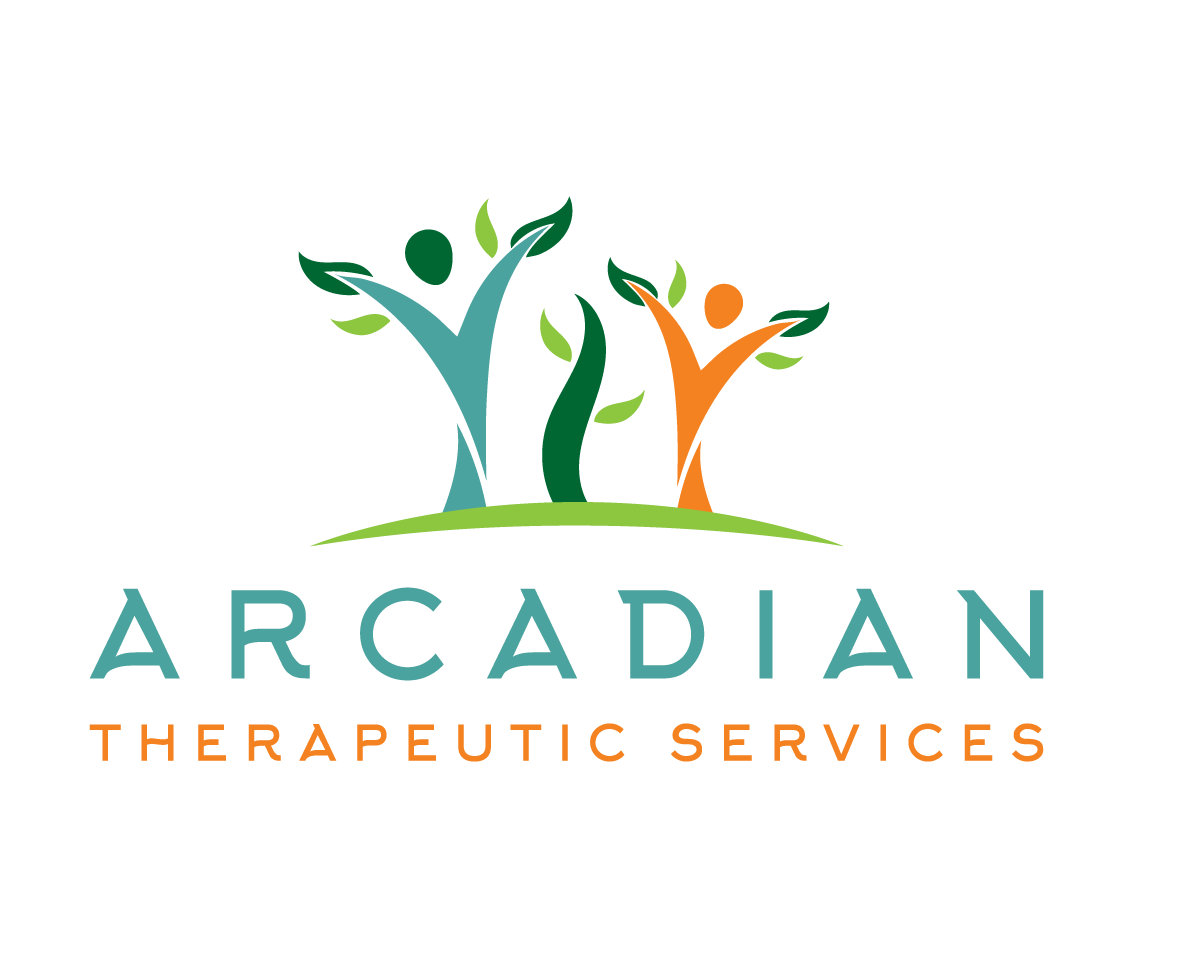Expressive Arts in Counseling
Expressive arts is exactly what it sounds; using different forms of art to assist in the expression of emotion, trauma, experience, perception, and more during counseling. Through this blog post, I hope to educate and bring a better understanding of what expressive arts can look like and how it can be beneficial.
Expressive arts can be used with children, adolescents, and adults. You don’t need to be good at art to participate- expressive arts is less about the product and more about what is being explored during the process. The arts can help to externalize (and make concrete) what’s internal (abstract) and can be very beneficial in depicting the internal processes taking place outside of our awareness. It creates a here-and-now experience between the therapist and client, that can use the whole body and many of the senses. It also allows for nervous system regulation and integration, engaging the unconscious and the whole body to be involved in healing.
Art Facilitates Communication
Through the use of self-expression, the client is able to access the unconscious and communicate in a different way. This may be more comfortable for the client, child or adult, especially when exploring difficult things. Through expressive arts, a metaphor is created which provides distance and safety for exploring difficult topics.
Art Helps Foster Emotional Wellness
Expressive arts are cathartic! Art helps with stress management by providing a form of release for the client. It also usually results in positive emotions and can help with counterconditioning fears. There can be a reduction of negative emotions surrounding talking about difficult events or experiences which is replaced with the positive experience of communicating through expressive arts.
Art Can Help Grow Personal Strengths
Art can help increase self-esteem and resilience. Through creation via paint, sandtray, writing, or collage, clients may be able to see situations or problems differently, which can assist in the use of creative problem-solving. Art is also cathartic as mentioned above, which can help with increasing the client’s emotional regulation.
Art Enhances Social Relationships
Expressive arts can be powerful in enhancing relationships and increasing empathy. As we learn to better understand ourselves on a deeper level, we can understand others. Engaging in art therapy can also deepen and strengthen the relationship between the clinician and client.
Now that you know what it does, what does expressive art look like?
Writing – This can be journals, letters, writing prompts, poetry, songs, morning pages, trauma narratives, brain dumps, and more. For some people, the written word is incredibly powerful! These can be done in session or given as ‘homework’ to do outside of sessions.
Sandtray – Sandtray is the use of miniatures, sand, water, and a tray to help with communicating experiences or emotions from a prompt given by the counselor. Sandtray can lead to unexpected depths of the mind and soul and can allow for a much more intense understanding of experiences, emotions, and self.
Visual Arts – Visual Arts can be pencils, crayons, oil pastels, paint, clay, collage media, watercolor, and more. Visual arts are usually what people think of when they hear expressive arts or art therapy. It is a strong and helpful way to express and create throughout the healing journey.
Music – Instruments, songwriting, expression through sound, and incorporating already created songs can be involved. Some people have very strong connections with music and sound and find that they can express their feelings, experiences, or who they are through music.
Using expressive arts in counseling can be a powerful experience that can create more safety and trust between the client and counselor, allow for a deeper understanding of the self, and be a tool to work through things that are difficult to communicate verbally. Expressive arts are for all ages, individuals, and families, and for many different issues addressed in therapy!
Written by Gracen Kelly, Candidate for Masters in Clinical Mental Health Counseling
